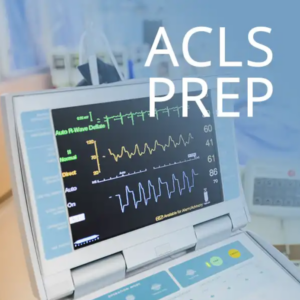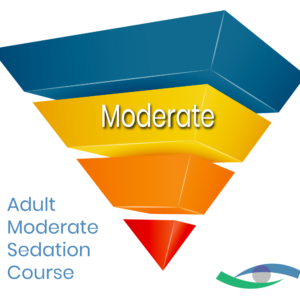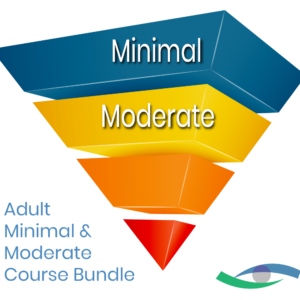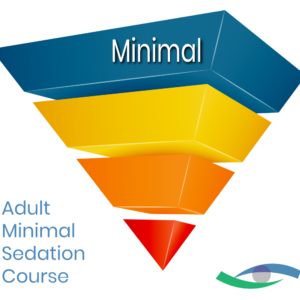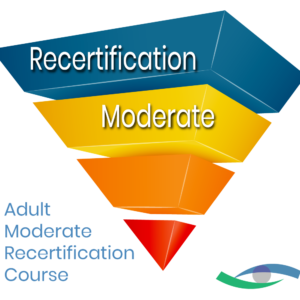As clinical procedures move out of hospital operating rooms and into outpatient settings, sedation has become an increasingly common tool across specialties like dermatology, gastroenterology, plastic surgery, and dentistry. With this shift, administering minimal and moderate sedation often falls to providers who were never formally trained in these techniques during school.
Yet the stakes are high. Safe sedation is about making the patient comfortable, managing risks, and being prepared to handle unexpected complications. Consider the following sedation safety tips to minimize side effects, boost patient satisfaction, and ensure industry compliance.
1. Conduct Pre-Procedure Assessments
Every sedation case should begin with a solid understanding of the patient’s medical background. Before initiating any sedative or analgesic, review the patient’s history, including allergies, chronic conditions, current medications, previous sedation experiences, and lifestyle habits that may influence drug metabolism, such as alcohol or recreational drug use.
Evaluate the airway thoroughly. Even patients undergoing minimal sedation can experience complications if they have undiagnosed or unaddressed airway challenges. Factors such as obesity, obstructive sleep apnea, or anatomical abnormalities raise the risk of airway compromise and should be flagged during the assessment.
2. Obtain Informed Consent
While informed consent amounts to the patient’s signature on a form, it should begin with an open dialogue that sets the appropriate expectations. Providers should walk patients through the sedation process using plain language, including possible side effects, risks of deeper-than-intended sedation, and how their safety will be monitored. Document this conversation and let the patient ask questions. A well-informed patient is more likely to cooperate, feel secure during the procedure, and return for future care.
3. Convey the Appropriate Fasting Guidelines
Fasting protocols reduce the risk of aspiration during sedation. A common best practice is no solid food for six hours and no clear liquids for two hours before the procedure. Fasting times may need to be adjusted for patients with conditions like diabetes or gastrointestinal disorders. Always confirm that the patient has followed fasting guidelines for their health status before proceeding.
4. Prepare Emergency Equipment
Preparation can be the deciding factor in patient outcomes during sedation emergencies. Every sedation area must be equipped with the following:
- Oxygen and suction devices
- Bag-valve mask (BVM) and oral/nasal airways
- Pulse oximeter and blood pressure monitor
- Emergency drugs, including reversal agents
- Defibrillator (for moderate sedation environments)
Document the availability and functionality of all emergency equipment every day. If a device isn’t working, have it repaired or replaced before the next sedation event.
5. Implement Continuous Monitoring Best Practices
Monitoring lays the foundation for patient safety in sedation. Because minimal and moderate sedation can easily deepen, providers must vigilantly track vital signs and clinical status. At a minimum, continuous monitoring should include:
- Checking oxygen saturation (SpO₂) using pulse oximetry for early warning signs of respiratory depression or hypoventilation
- Measuring heart rate and rhythm to identify arrhythmias, bradycardia, or tachycardia
- Monitoring blood pressure to catch signs of hypotension, especially in patients who are volume-depleted or on antihypertensive medications
- Assessing respiratory rate and effort, both visually and using pulse oximetry or capnography, to detect hypoventilation, apnea, or airway obstruction
- Checking the level of consciousness using a sedation scale or verbal/tactile stimulation to confirm that sedation remains within the desired level
Monitoring must continue into the recovery phase. Just because the procedure is over doesn’t mean sedation risk management has concluded. Residual sedative effects can linger and lead to delayed respiratory depression or other adverse events. Because of this, patients should be monitored until they meet the established discharge criteria.
6. Utilize Sedation Scales
Sedation exists on a continuum. What begins as minimal sedation can progress to moderate or even deep sedation with one dose too many, especially if other substances are already in the patient’s system. Validated sedation assessment tools like the Ramsay Sedation Scale or the Richmond Agitation-Sedation Scale (RASS) objectively track patient responses and ensure they remain at the intended level.
7. Administer Sedatives with Care
Sedatives and analgesics should always be dosed thoughtfully and titrated slowly. Avoid “loading” the patient with full doses based on age or weight alone. Consider patient-specific factors, including liver and kidney function, concurrent medications, and history of drug sensitivity.
Reversal agents—such as flumazenil for benzodiazepines and naloxone for opioids—must be available, and staff should be familiar with proper administration techniques. Always plan for the unexpected. A patient’s response can vary significantly, even within the same procedure type.
8. Follow Proper Airway Management Techniques
Being comfortable with basic airway maneuvers is not enough. Providers offering moderate sedation must know how to identify and manage airway compromise before the situation becomes critical. Consider regular simulation training and skill refreshers on topics like airway positioning, the use of adjuncts, and bag-mask ventilation techniques. Airway emergencies don’t happen every day, but when they do, being prepared makes the difference between a manageable event and a medical crisis.
9. Set Clear Discharge Criteria and Instructions
Discharging a patient too soon after sedation may lead to preventable complications. Before release, the patient must meet the defined discharge criteria, which include:
- Stable vital signs
- Full return of consciousness and protective reflexes
- Ability to walk without assistance
- Minimal nausea or pain
- Presence of a responsible adult escort
Once the patient is cleared for discharge, the provider should offer written post-procedure instructions outlining the following:
- What side effects may occur during recovery
- Medication guidelines
- Activity restrictions
- Warning signs of complications
Providers should make themselves or their office available for follow-up questions and concerns.
10. Pursue Formal Education
The best providers recognize that keeping up with evolving protocols, new medications, and advancing technology is part of the job. Seek initial certification, pursue continuing education, and refresh hands-on skills to protect patients and remain confident.
Safe Sedation Starts with Standardized Training
The National Sedation Center (NSC) was founded on the idea that safe sedation techniques are best learned through proper training and accountability. Our program is the first to offer standardized, evidence-based training to close the educational gap for non-anesthesia professionals performing minimal and moderate sedation outside the operating room. Whether you’re new to sedation or seeking continuing education credits, we have affordable courses for you. Contact us to learn more or register online today.


